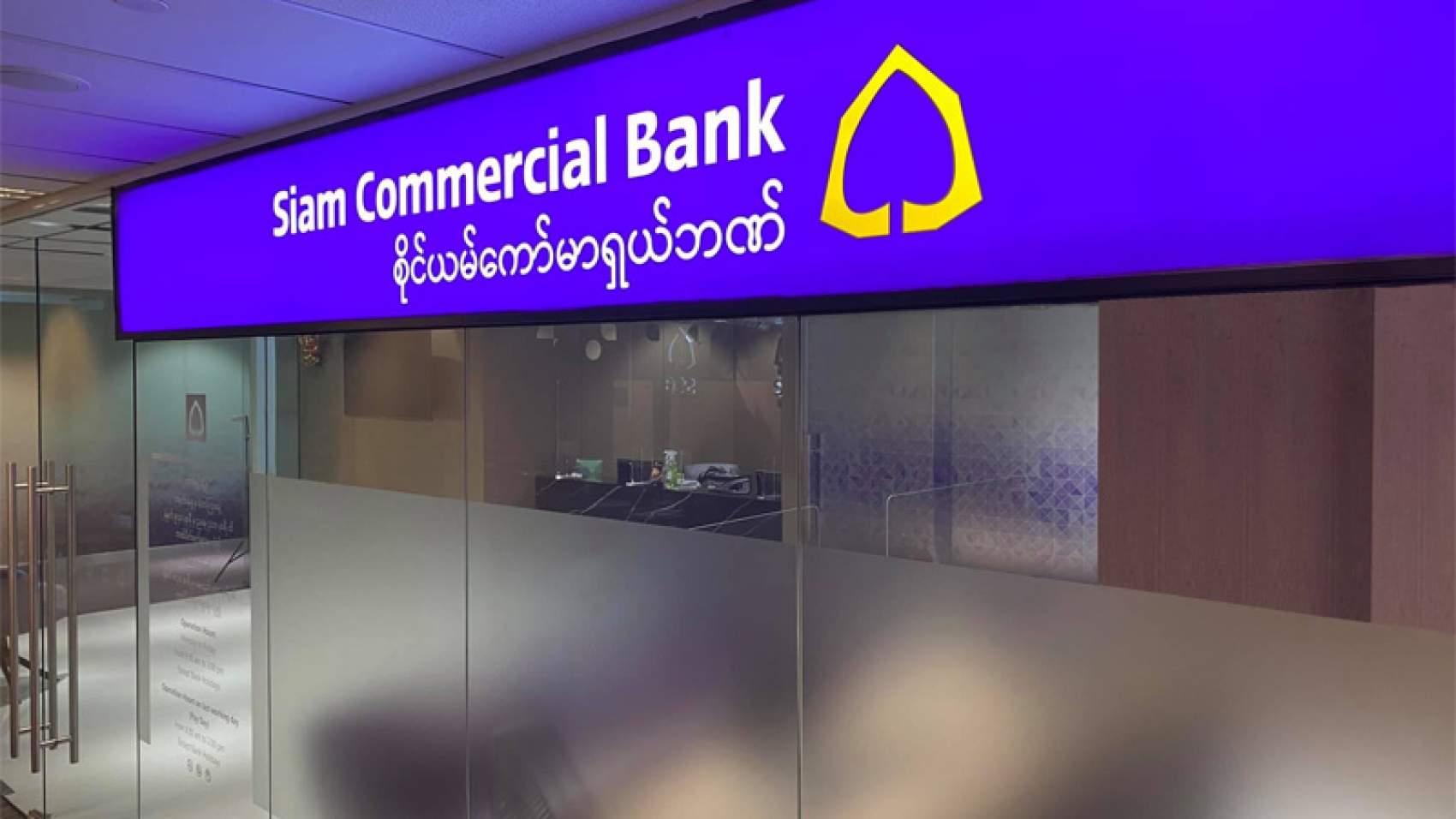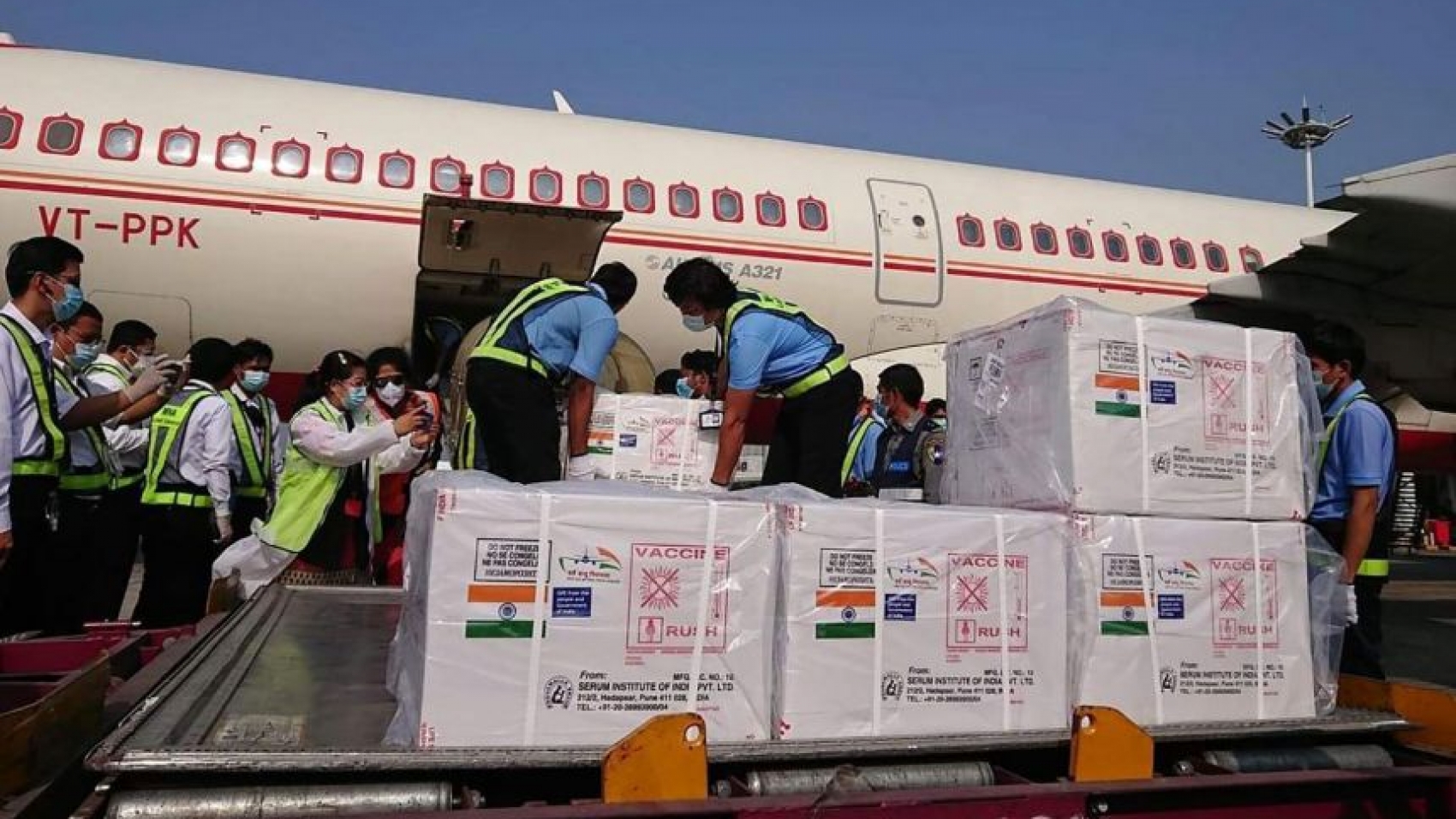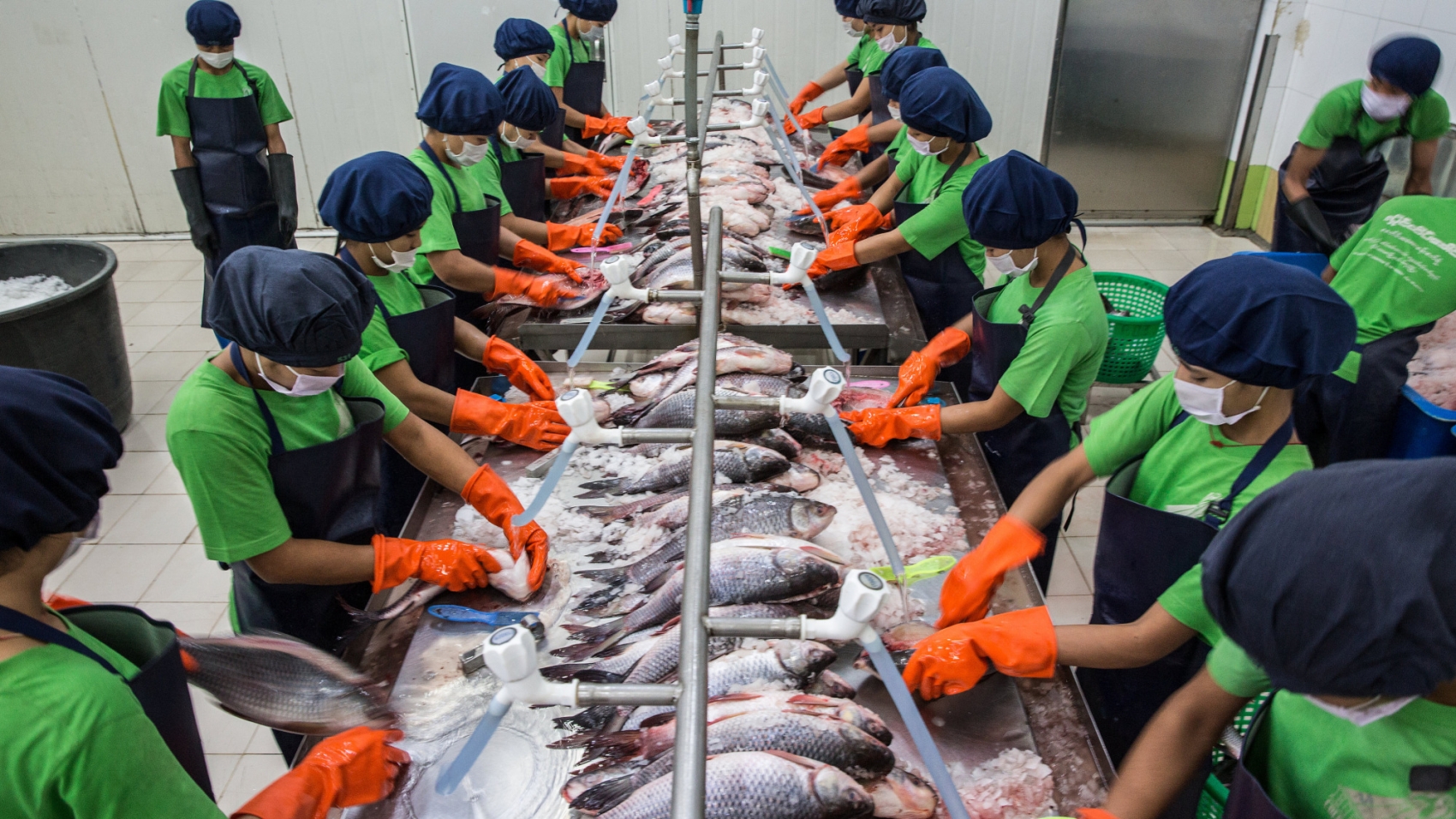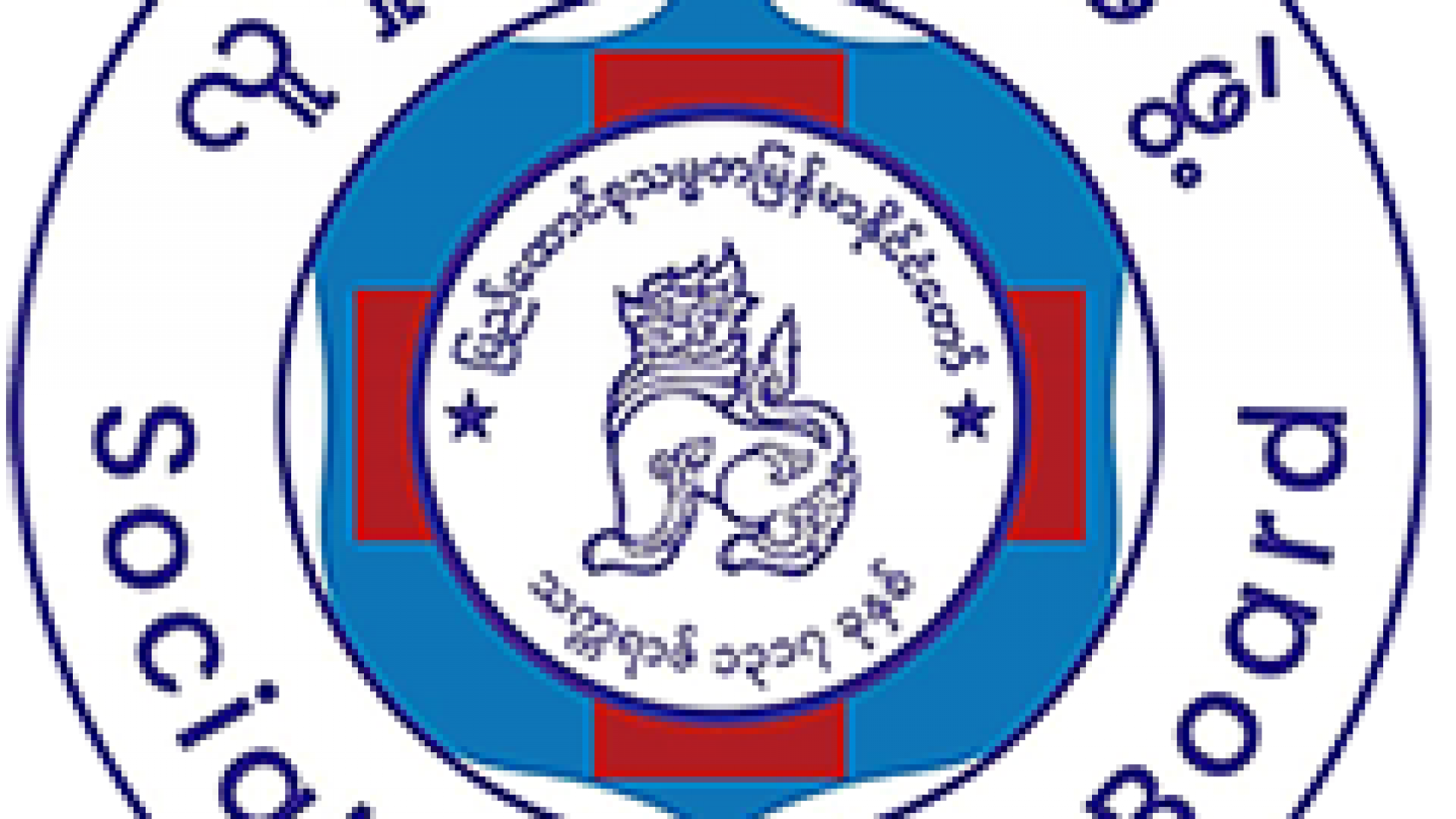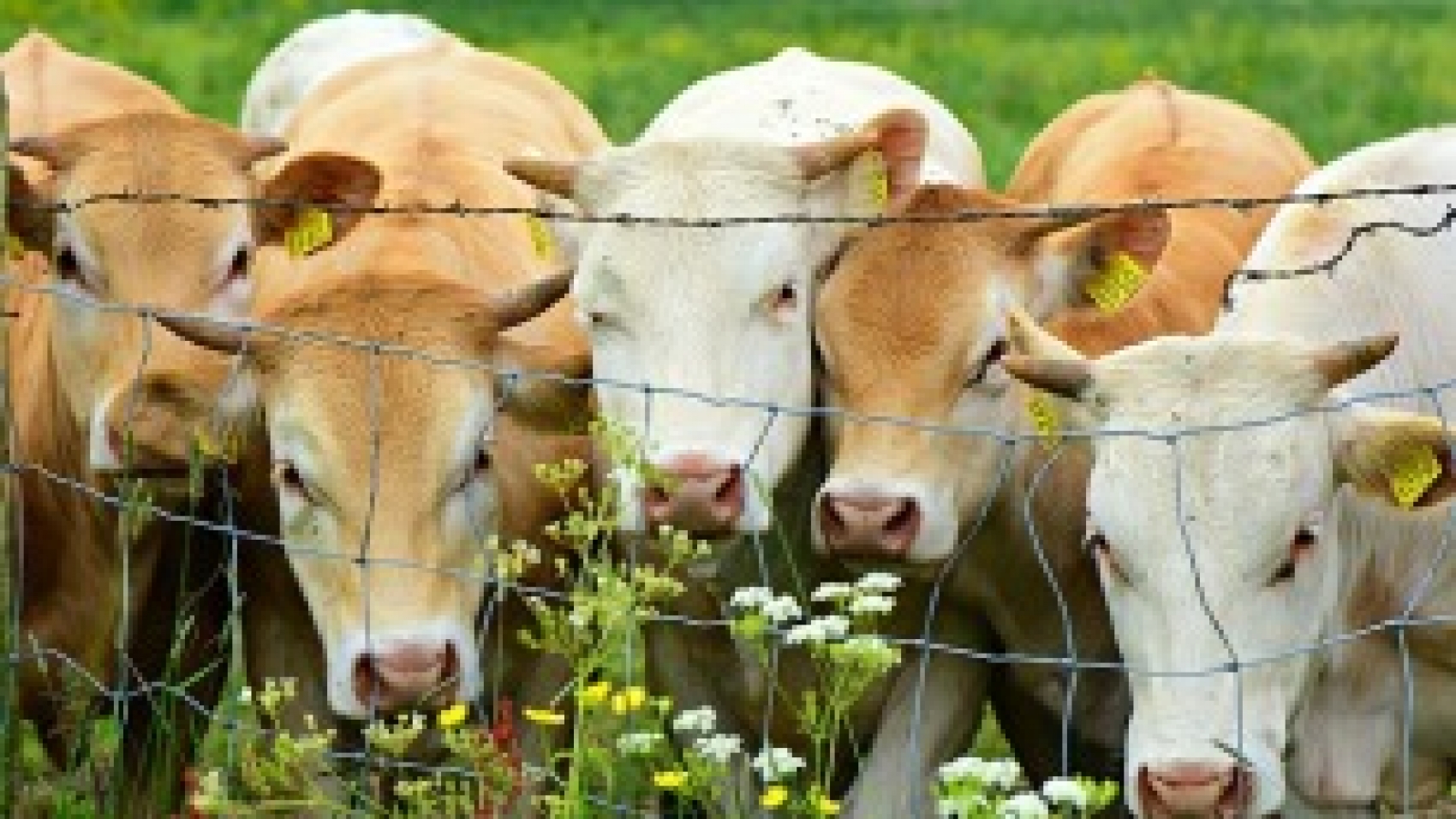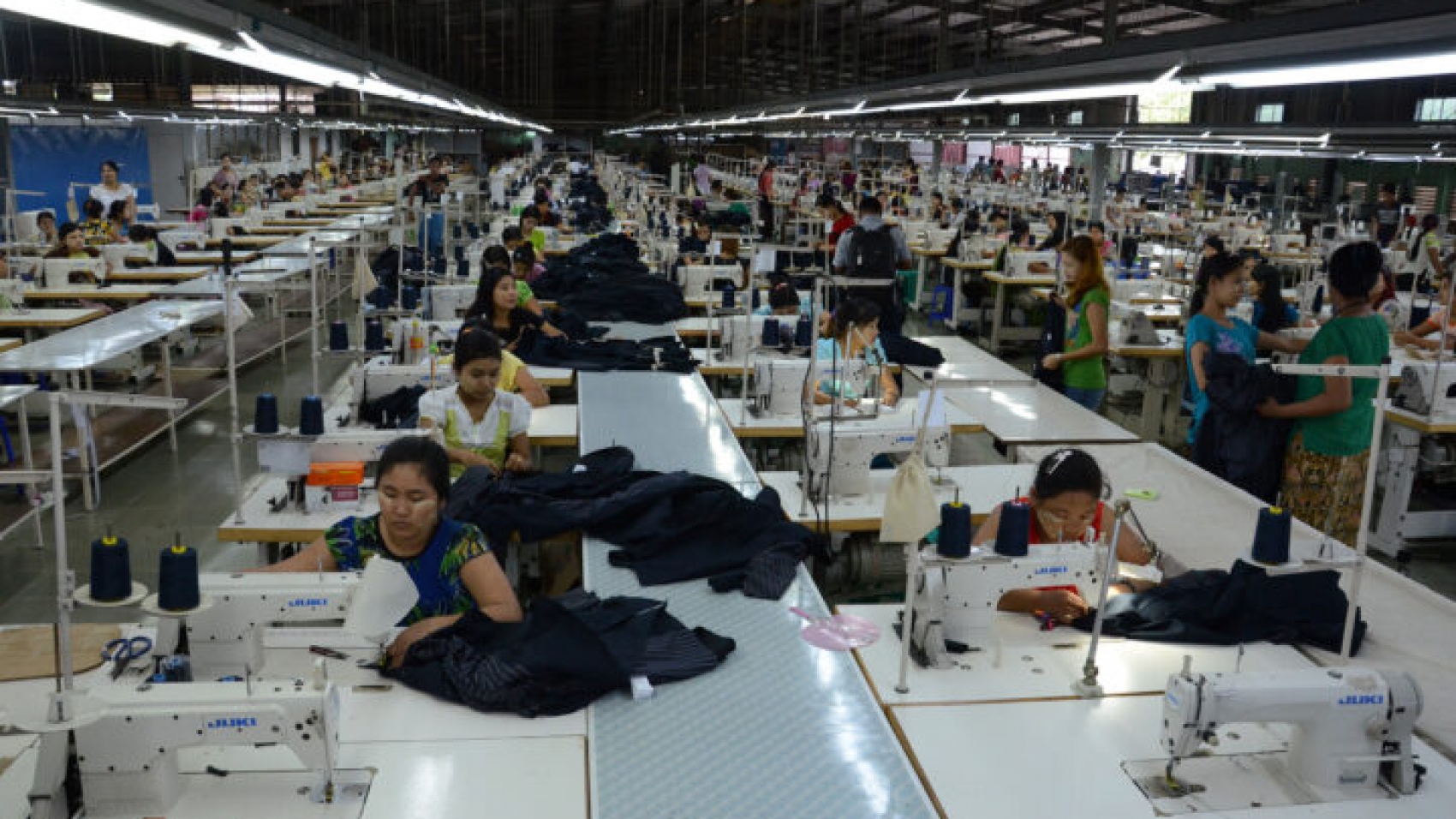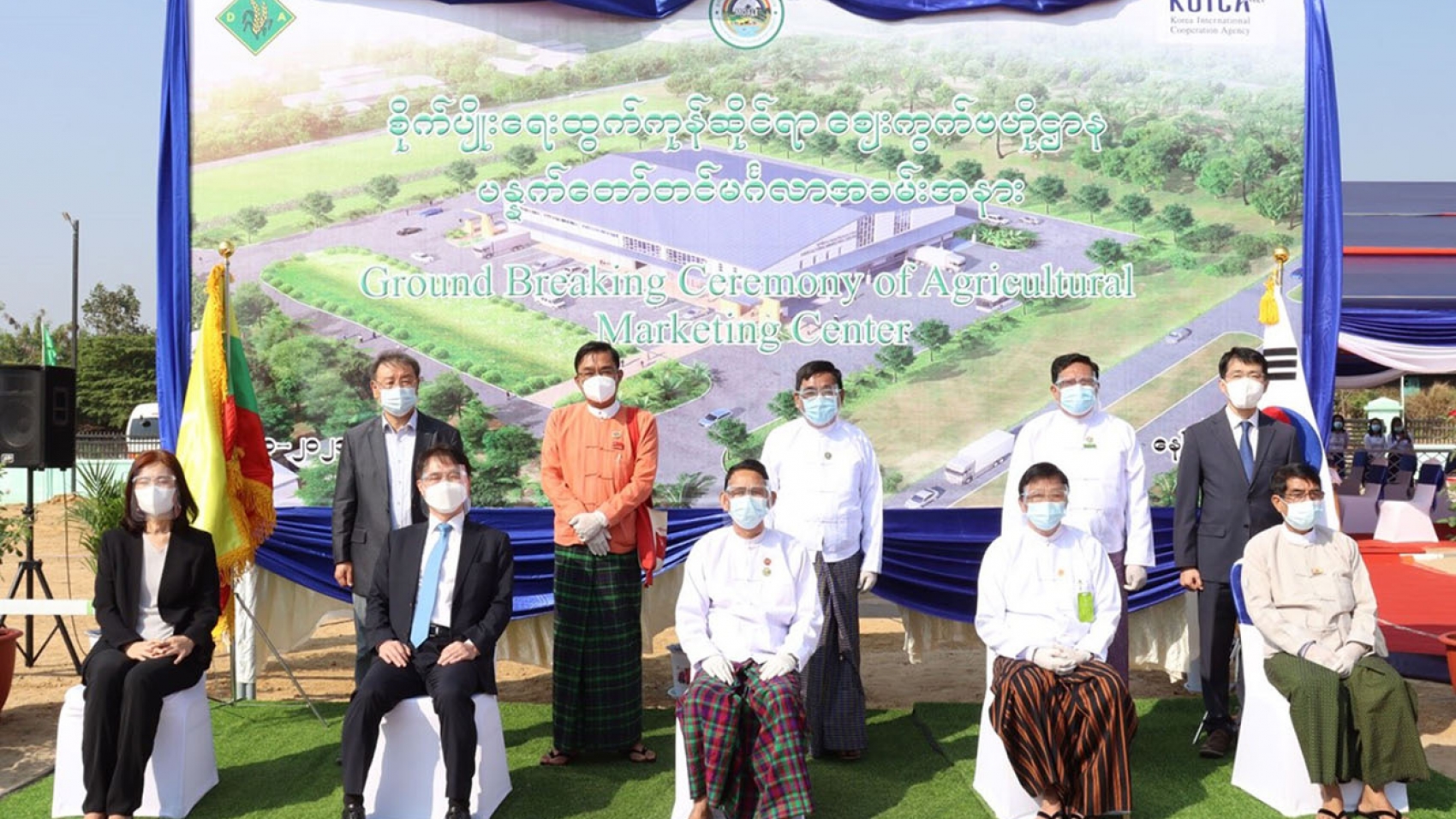Siam Commercial Bank, the only Thai bank allowed to operate a wholly-owned subsidiary bank in Myanmar, is opening “Siam Commercial Bank Myanmar” in Yangon, according to a press release. SCB Myanmar will leverage its digital banking expertise and strength to elevate financial products, services, and payment systems in Myanmar to fulfil the business requirements of the ASEAN group. The move will open up new capabilities and allow SCB Myanmar to meet the needs of every customer group in Myanmar to the fullest extent possible, whether large corporations, SMEs, or retail customers. SCB Myanmar will also capitalize on SCB’s branch network by bridging regional trade and investment relations among the CLMV+2 countries.
Siam Commercial Bank President SarutRuttanaporn said that the Bank will support the development of financial infrastructure and payment systems even further by offering solutions critical for Myanmar’s businesses and digital finance, in line with the increasing popularity of Myanmar’s digital banking trend. The Bank is now studying the market so as to create satisfactory financial experiences for the people of Myanmar. Their tasks will start from the development of digital payment systems, both a corporate portal for businesses and mobile banking for retail customers. Services expected to be available in 2022, which will help support business payments and reduce cash usage and management costs in the country.
SCB was granted a banking licence to operate Siam Commercial Bank Myanmar by the Central Bank of Myanmar. This development is an important jigsaw piece in SCB, accomplishing the strategic expansion of its overseas network in the CLMV+2 countries over the past several years. With its increasing importance as a regionally strategic country, Myanmar has become one of the top destinations attracting investors from around the world. The country’s strategic location links Asia’s two regional powers, China and India. According to a World Bank forecast, Myanmar’s GDP will resume its former 6 per cent level in 2021, up from the 1.5 per cent level predicted for 2020 due to impacts of the COVID-19 pandemic.
Source: The Global New Light of Myanmar

